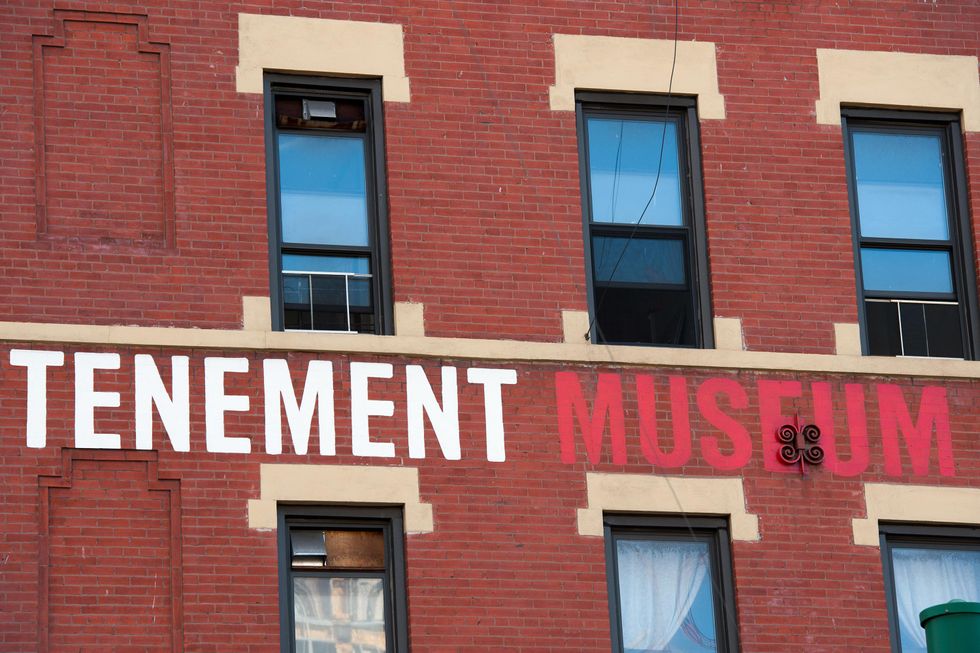The Tenement Museum focuses on the history of immigration through the stories and experiences people who previously had lived there. The museum enhances the profound role immigration has played and continues to play in shaping America’s evolving national identity. The “Shop Life" tour, explores the diverse array of retailers that occupied its two garden-level storefronts of 97 Orchard for over a century. These were family-run stores who struggled to adapt to an ever-changing neighborhood and their path to achieving the American Dream.
In one of the store, the museum reconstructed a saloon that occupied the space from 1864 to 1886. The saloon belonged to two German immigrant’s names John and Caroline Schneider, it was in a community back then known as Klein Deutschland (“Little Germany”). The saloon was a meeting center for the building’s multiethnic residents. They would have business transactions, political meetings, musical performances, and family gatherings took place there. Since during that time, there was a lot of competition going on with other bars. The Schneider’s had to come up with a new idea to get people to come to their saloon. This is where the incentive of giving out free food came across. They put up flyers that there would be free lunch and everyone was welcome to come. As the guide was telling us this, a question came to mind: “what profit would they make if they are giving out free food?” The food they would give out was very salty, therefore people would end up buying a drink of beer to satisfy their mouths. This is what allowed them to continue with their business. Things did not go as planned, Caroline died in 1885 of tuberculosis. Since she was the head and backbone of the business, without her the saloon closed the following year. John died in a public hospital in 1892. Through the narrative we can see the ambitions, community ties, and positions behind the saloon.
In the other half of the basement space, the setting looks very different. First, the guide showed us a room in its half-ruined state. A cabinet contained a few items that were found in the area. Some of these items were a shattered beer stein from the saloon era, newspapers, cosmetics from a 1920s store. What caught everyone’s attention was a very thick leather book called “Solution for Retail Merchandising Problems.” It belonged to Max Marcus, who was a proprietor of an auction house there. However, it wasn’t a book. Once opened, you would find a bottle of Scotch inside. Max turns out to be one of the characters introduced in the final gallery, which uses high-tech video-display tables to survey the lives of three storekeepers who used the space. Max (shown in that very room in the 1930s) was the kind of spirited entrepreneur who might have found a solution for merchandising problems by buying someone a drink.
As stated before, the museum took a modern approach in using an interactive, motion activated screens in one of the storefronts. There were items that we would put on the table and photos would come up telling us story of the item. I first took a photo album that belonged to a 1970s underwear shop owners. It told the story of how their business started, little by little. It gave us a better understanding of the people living in that area. On a shelf, there was a brick I had second thoughts about taking it and putting it on the screen. To my surprise it actually worked; it told the story of the kosher butcher shop. Apparently, the household women were furious about the butcher raising prices on the meat that they protested by throwing bricks at the window of the shop. It was pretty funny how the women reacted toward the prices but it showed us that these were rough times people were going through. Overall, the care that is taken on the setting, artifacts, interpretation, and guides interactions gave us some understanding on these individuals whom live or had shops on 97 Orchard St.


















